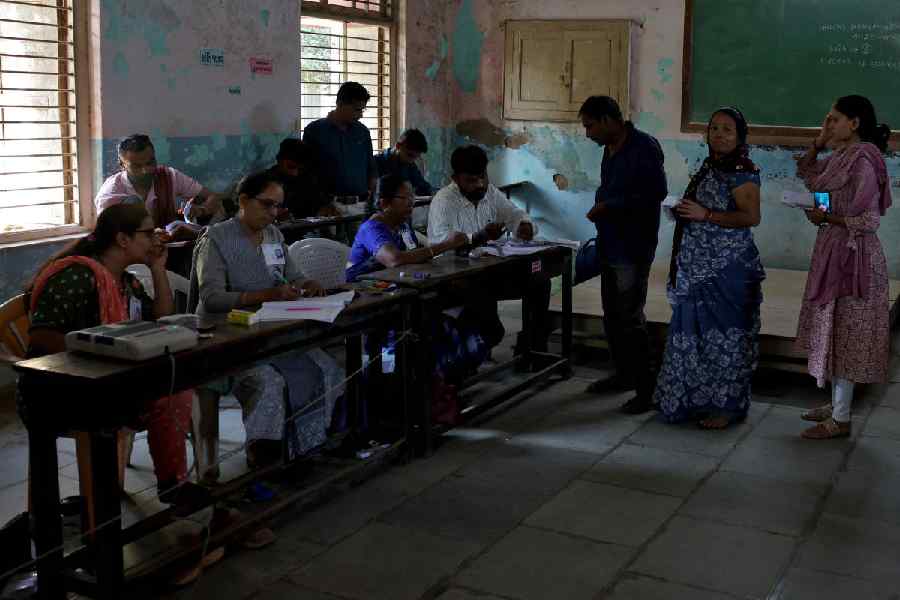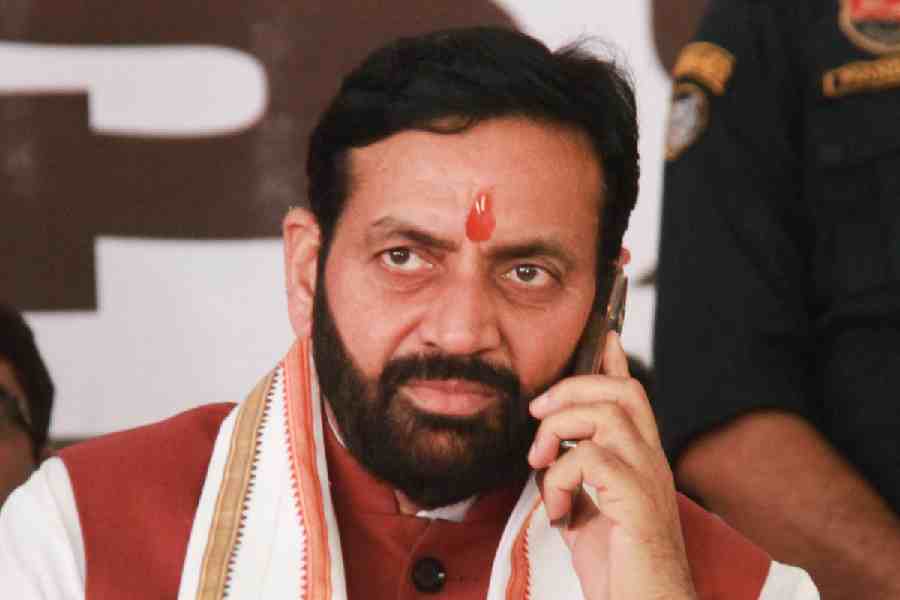World Water Day — it fell on March 22 — was a timely opportunity for global leaders to renew their commitment towards protecting freshwater resources and implementing sustainable water usage. And yet, the occasion went by without any significant acknowledgement of the scale of the crisis either in India or the world. This is a particularly serious lapse on the part of India in the light of its water-related challenges, more so at a time when summer — it is known to be unforgiving — is setting in. Droughts plague India every eight or nine years; a new study has predicted a manifold increase in the frequency of flash droughts that will severely affect water availability and, unsurprisingly, hit the poor the hardest. The ominous signs are already apparent — around 600 million Indians face high to extreme water stress; the Niti Aayog’s composite water management index found that 75 per cent of households do not have drinking water on their premises, with about 84 per cent of rural households not having access to piped water.
The depletion and maladministration of groundwater resources contribute to the problem immensely. But attention must also be paid to agricultural practices for which water is over-extracted. India’s population has access to a mere 4 per cent of the world’s water resources, while its farmers use almost 90 per cent of the groundwater available. Of this, a bulk goes into cultivating water-guzzling crops such as rice and sugar cane — an estimated 2,497 litres of water go into producing a kilogramme of rice while a quintal of sugar cane uses up about 1,50,000 to 3,00,000 litres. In comparison, crops such as pearl millet, bottle gourd and corn need around 80 per cent less water than rice. But farmers, a significant section of whom are poor, prefer to grow rice because it has a guaranteed market unlike other produce. The government must incentivize alternative crop-growth patterns for the farming constituency. There should also be an increased focus on water-efficient irrigation technologies, such as the drip method, which supplies water directly to the root zone of a crop through a network of pipes and emitters. There is a case for the State to subsidize the installation of related infrastructure to encourage such methods of irrigation. Water taxes must be levied in urban areas: in Calcutta, 30 per cent of the municipal corporation’s filtered water supply is wasted daily. Most important, targeted public awareness campaigns must be conducted. A precious resource like water can only be saved if citizens realize the consequences of it running out.










